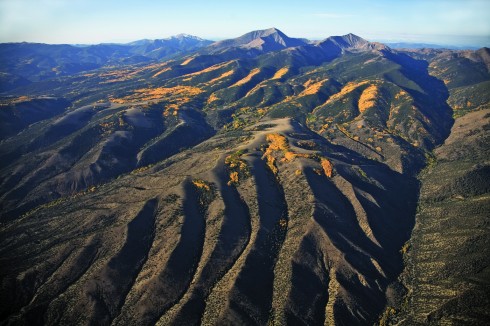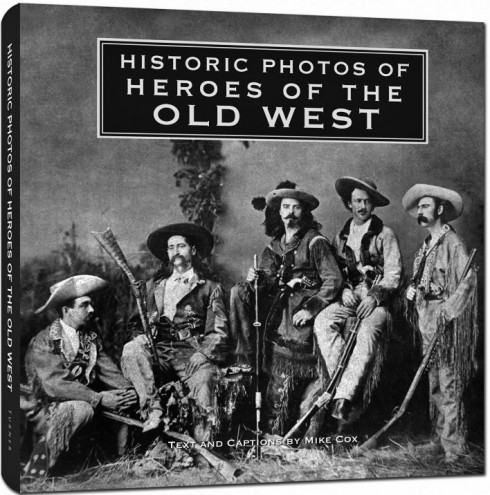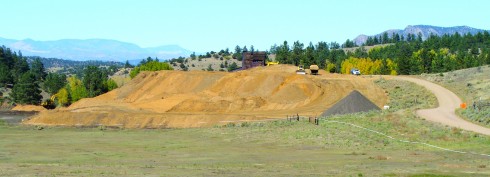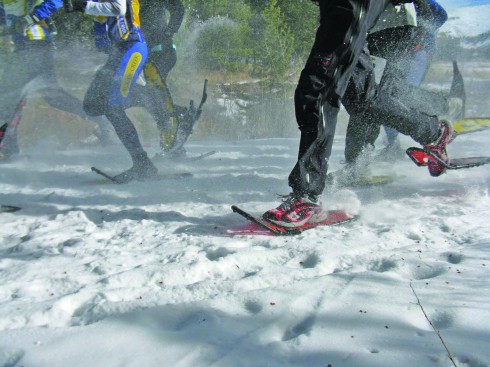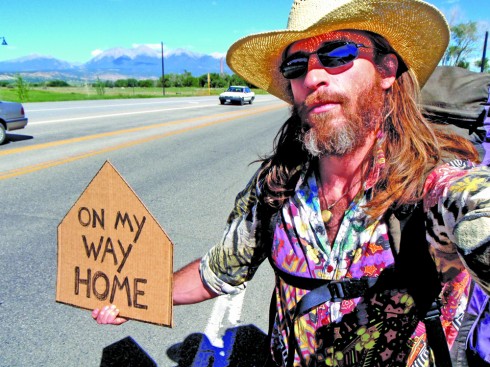Salida, Colorado is the highest, driest, coldest, windiest and probably, based on per capita income, the poorest place I’ve ever lived.
So, how the heck did I end up here anyway?
Partly it was because, unlike many other mountain communities in Colorado, I was actually able to afford to buy a house in town after moving here from Durango in the Fall of 2001. Colorado’s more desirable zip codes were quickly being priced out of proportion to the average income base. Durango among them.


